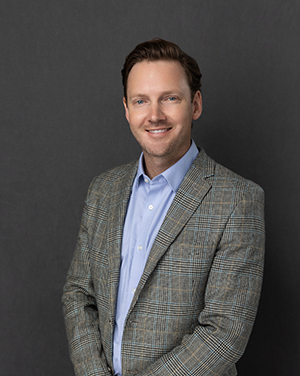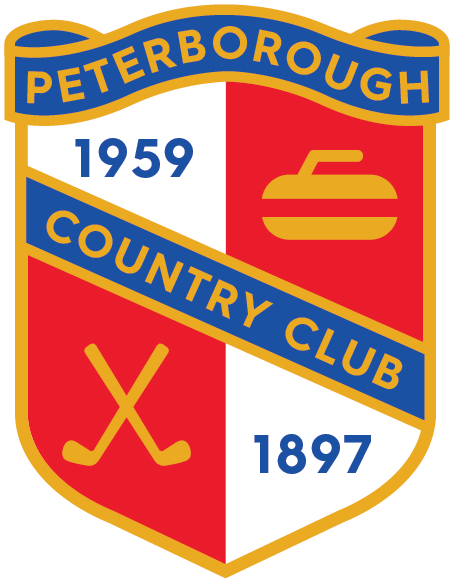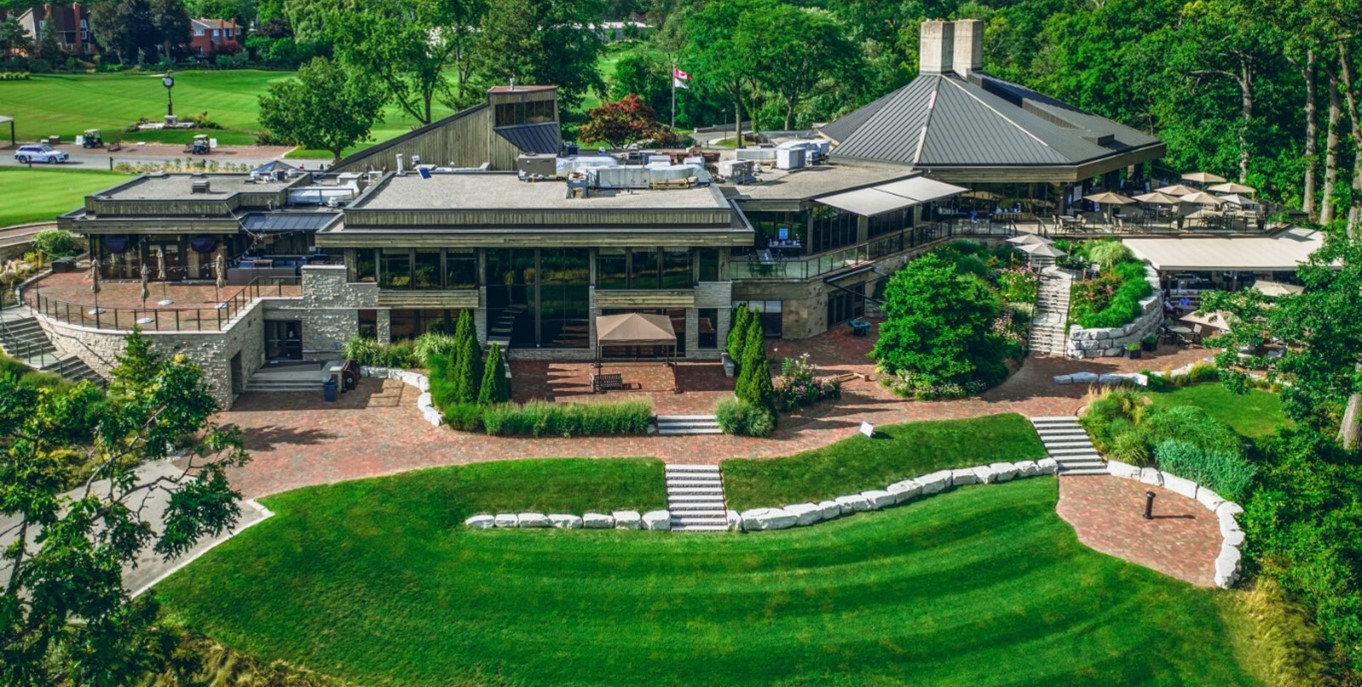Signs of distrust are everywhere, and private clubs abound with demands for greater transparency from club leaders as trust and trustworthiness are constantly being questioned.
Frustrated board members who work tirelessly in service to others can become demoralized by fellow members who demand “more transparency.” The incredibly nuanced circumstance comes down to three keys:
1. Say what you will do…and do it.
To achieve this simple-sounding advice requires that the board speaks with one voice and in writing. Too many board members become overly – and overtly – political when they are simply servant leaders within a membership of qualified leaders.
2. Communicate consistently.
Members – whether skeptical or not – want to know more. And no matter how much “more” the board provides, members assume that something is being withheld.”
Tactical steps that work:
- Establish a standard cadence for Board communications concerning financial and governance topics. See that the club delivers to the timeline and cadence it has promised.
- “Brand” club communications to enable members to know which they want to delete without reading. Some members have grown weary of promotional messages from the club concerning food and beverage specials…they can easily be deleted. Everyone wants to know about dues increases and capital projects.
- The branding need not be the stuff Madmen might develop, it can be simply the Club Financial Update or Board Notes.
Address misinformation and the bad actors behind it. Correcting inaccurate information is a service to all members. Quietly holding the bad actors to account is the duty of the board and its executive committee. Put people on notice.
3. Keep score.
Report performance results…especially if there is a miss. Taking ownership of unmet promises or misses is a part of being trustworthy. Ready examples are:
- Summarize last month’s financial performance, explaining whether it was on-budget, under- or over-budget. Make it easy for members to understand the information being presented from the board and management.
- Measure engagement results. How many people signed up for the member/guest? How many had to be turned away? How many dropped out preventing others from the chance to participate? How many members voted…and did not. Everyone wants greater accountability which is a 360-degree proposition.
- Take ownership of the misses. Owning an error, and explaining the steps that will be taken in the future to avoid making the same mistake, is a part of being trusted.
Your club can proactively move toward a more civil and reliable community when the leaders take the lead in trustworthy ways.
This article was written by GGA Partner Henry DeLozier and appeared in the January 4, 2025 edition of BoardRoom Briefs.























